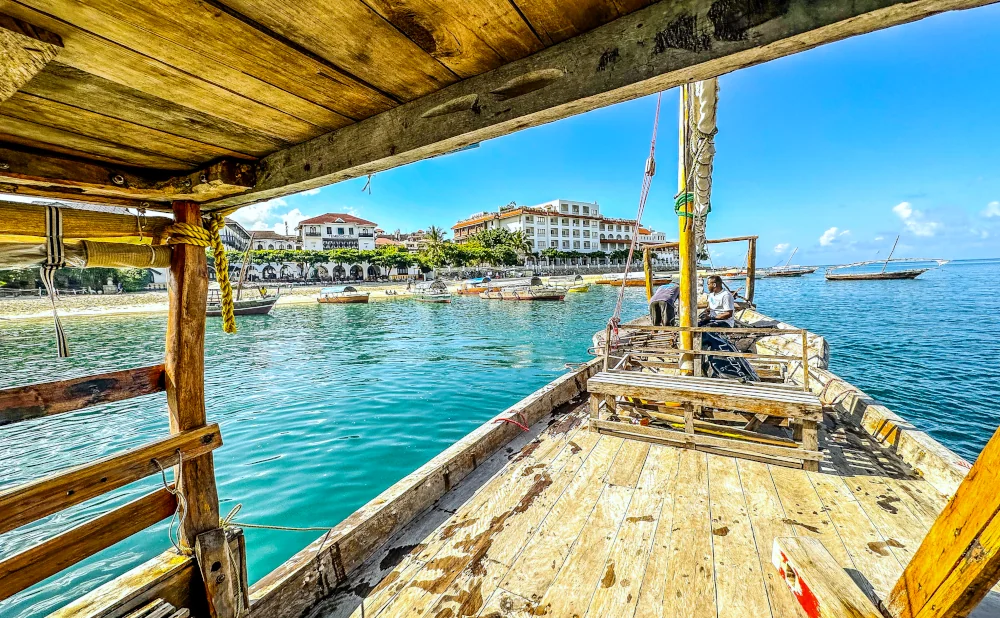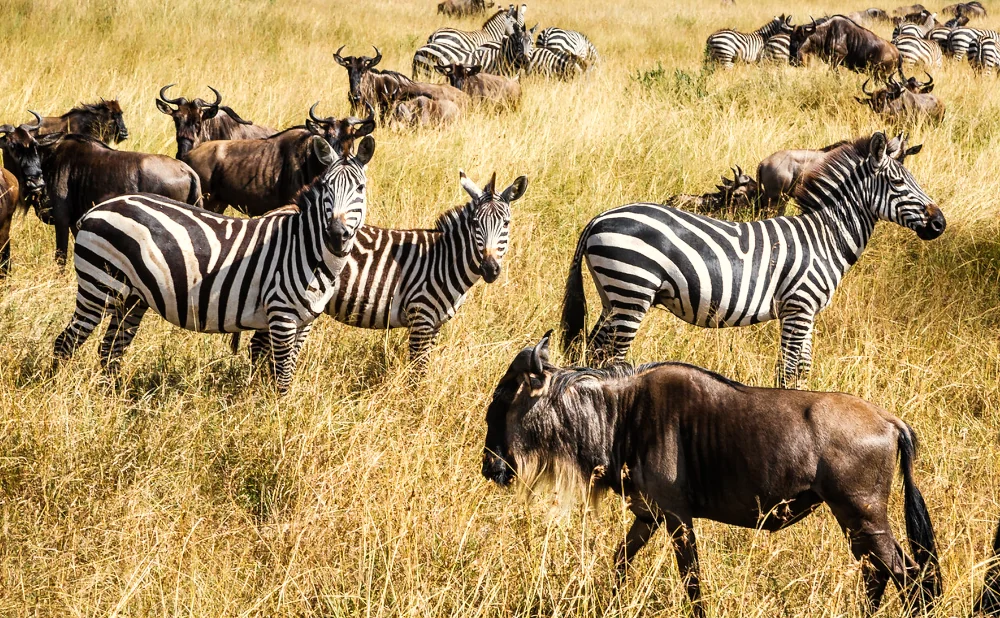Exploring the Rich Culture of Maasai Villages
Immerse yourself in the vibrant world of the Maasai, a semi-nomadic tribe in East Africa. Their rich culture, steeped in tradition, offers a unique window into a way of life that has endured for centuries.
In this guide, we'll take you on a journey through Maasai villages in Tanzania. You'll learn about their customs, traditions, and the significance of their rituals.
Join us as we explore the cultural experiences that await in these fascinating village tours.
The Maasai People: An Introduction
The Maasai people are a semi-nomadic tribe primarily residing in Kenya and Tanzania. Known for their distinctive customs and dress, they have become a symbol of East African culture.
Their society is centered around cattle, which hold both practical and symbolic significance. The Maasai's deep connection with their livestock is a testament to their resilience and adaptability in the harsh landscapes of the African savannah.
Traditional Maasai Lifestyle and Social Structure
The Maasai society is organized into age-sets, with each group having specific roles. The warriors, or Morans, are young men tasked with protecting the community and livestock.
Women, on the other hand, are responsible for building houses, fetching water, and cooking. They also play a crucial role in the local economy through their intricate beadwork.
Family and community are central to the Maasai way of life. Their social structure fosters a sense of unity and cooperation, essential for survival in the harsh savannah environment.
The Role of Cattle and Maasai Diet
Cattle are the primary source of sustenance for the Maasai. They provide milk, meat, and blood, which form the traditional Maasai diet.
The Maasai's reliance on cattle reflects their adaptability to the arid and semi-arid environments they inhabit.
Maasai Homesteads: The Manyatta
A typical Maasai homestead, known as a Manyatta, is a circular enclosure made of thorn bushes. Inside, there are mud and stick huts arranged in a circle.
The design of the Manyatta reflects the Maasai's communal lifestyle and their need for security against wildlife.
Maasai Cultural Symbols: Attire, Jewelry, and Beadwork
The Maasai are renowned for their vibrant attire and intricate beadwork. The red shuka, a traditional Maasai cloth, is a symbol of their culture and is often worn draped around the body.
Beadwork, done primarily by women, is not just an art form but also a means of communication. The colors and patterns in the beadwork often convey information about the wearer's age, social status, and marital status.
Jewelry, like necklaces and bracelets, is an integral part of Maasai attire. These pieces, adorned with beads, are worn by both men and women, adding to the Maasai's distinctive appearance.
Experiencing Maasai Village Tours
A visit to a Maasai village in Tanzania offers a unique cultural experience. It's a chance to witness the Maasai way of life firsthand.
You'll see traditional Maasai homes, known as Manyattas, and observe daily activities. These may include herding cattle, crafting beadwork, and preparing meals.
Village tours also provide an opportunity to learn about Maasai history and traditions from the villagers themselves.
Participating in Traditions: Dance and Song
One of the highlights of a Maasai village tour is participating in traditional dances and songs. These performances are a vital part of Maasai culture.
The rhythmic jumping dance, known as the "Adumu", is performed by Maasai warriors. Visitors are often invited to join in, making for a memorable experience.
Sustainable Tourism and Supporting the Maasai Economy
Tourism plays a significant role in supporting the Maasai economy. However, it's crucial to choose tour operators that practice sustainable tourism.
These operators ensure that the benefits of tourism reach the Maasai community. They also respect the Maasai's cultural heritage and natural environment. By choosing such operators, visitors can contribute to the preservation of Maasai culture.
Preparing for Your Visit: Etiquette and Tips
Before embarking on a Maasai village tour, it's essential to prepare adequately. This includes understanding the local customs and etiquette.
Respect for the Maasai culture is paramount. Remember, you are a guest in their community.
Also, be prepared to engage in a cultural exchange. This is a chance to learn and share experiences.
What to Bring and How to Dress
When packing for your visit, consider the local climate. Light, breathable clothing is recommended.
Also, remember to bring gifts for your hosts. This is a common practice and a sign of respect.
Cultural Exchange and Respect
A visit to a Maasai village is more than just a tour. It's an opportunity for cultural exchange.
Engage with the Maasai people, ask questions, and show interest in their way of life. Remember, respect for their culture and traditions is crucial.
Conclusion: The Importance of Cultural Preservation
Exploring the rich culture of Maasai villages is a unique experience. It offers a glimpse into a way of life deeply rooted in tradition and community.
However, it's crucial to remember the importance of cultural preservation. As visitors, we must respect and support the Maasai people in maintaining their vibrant culture for future generations.











